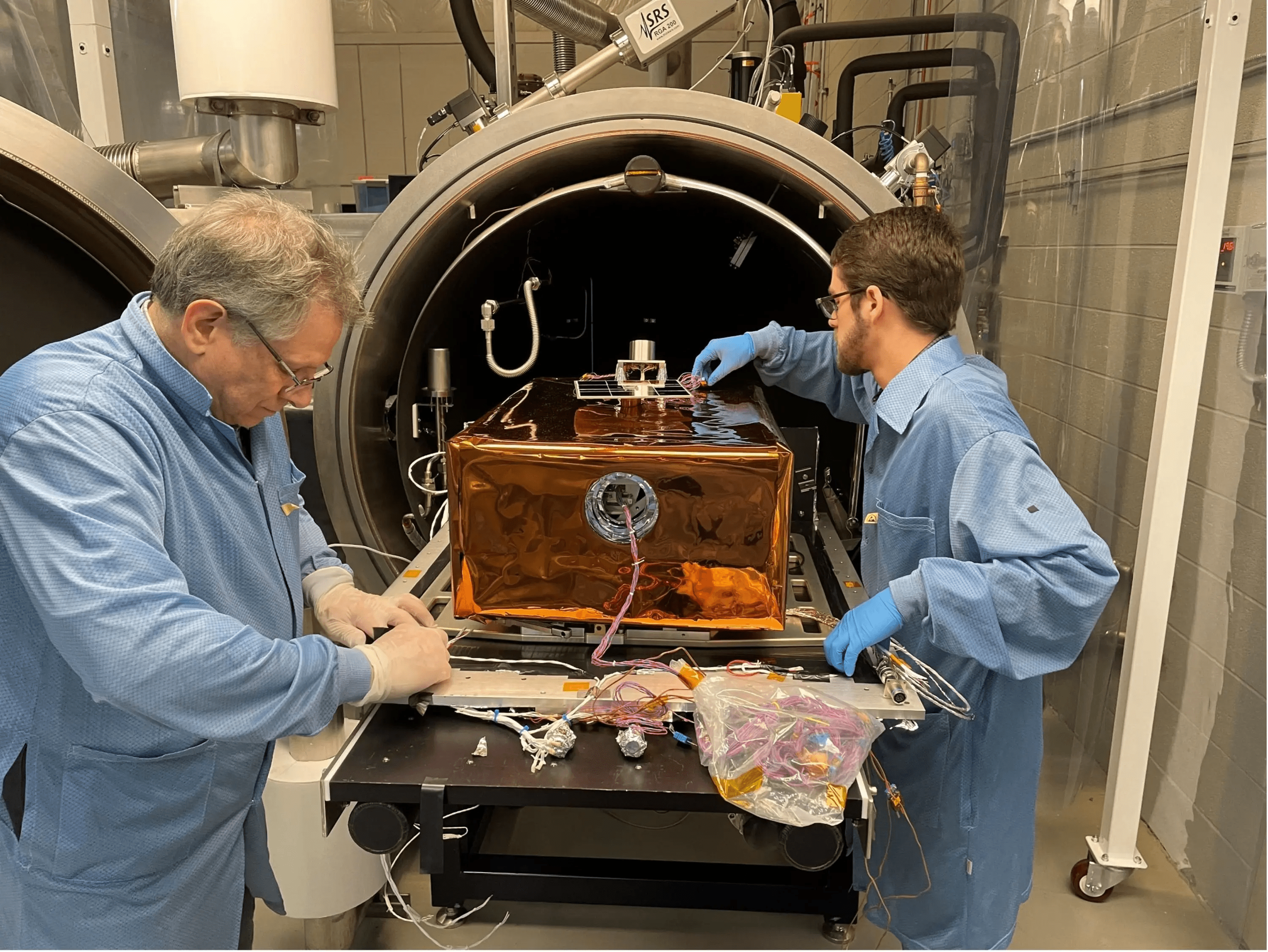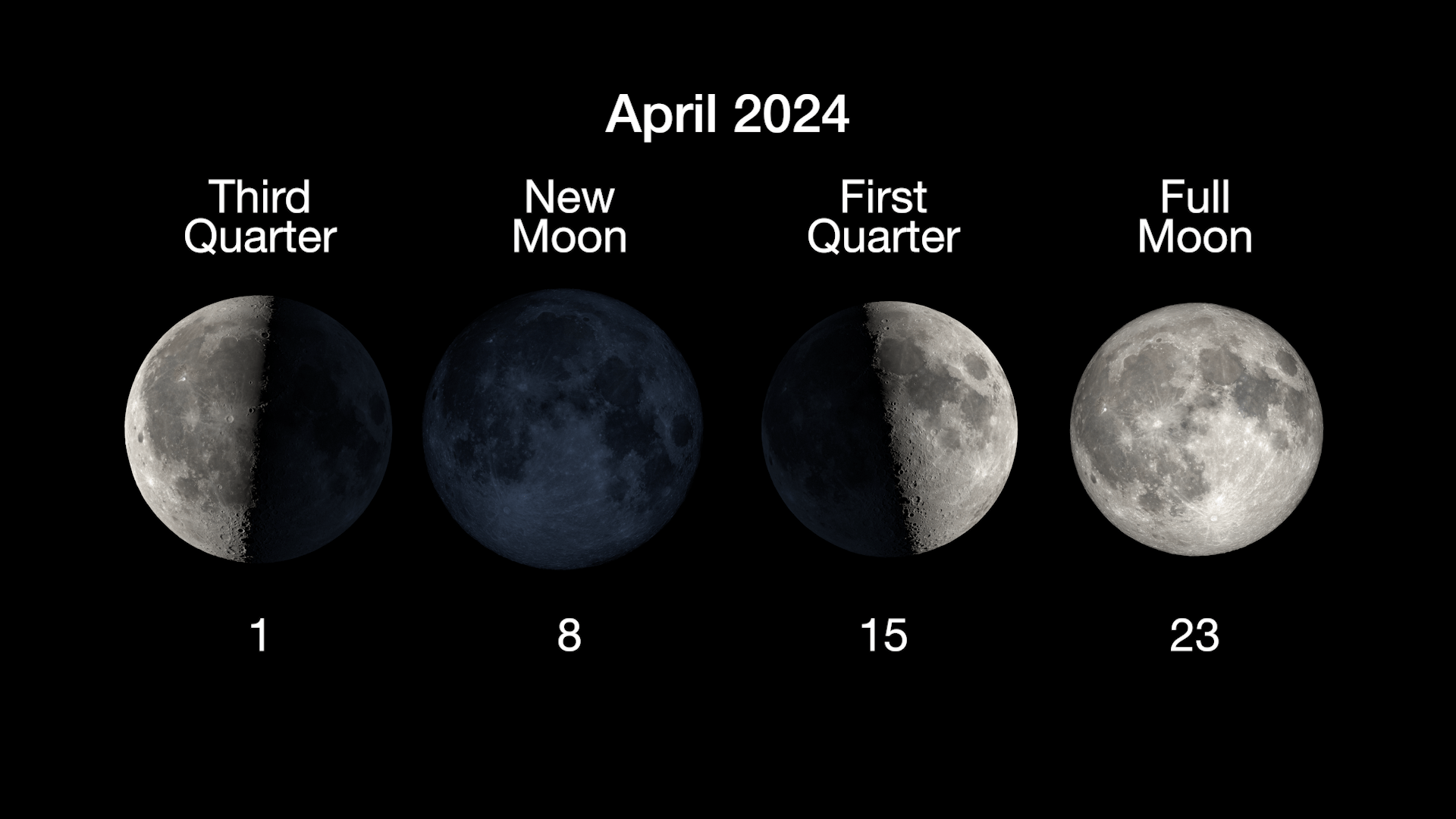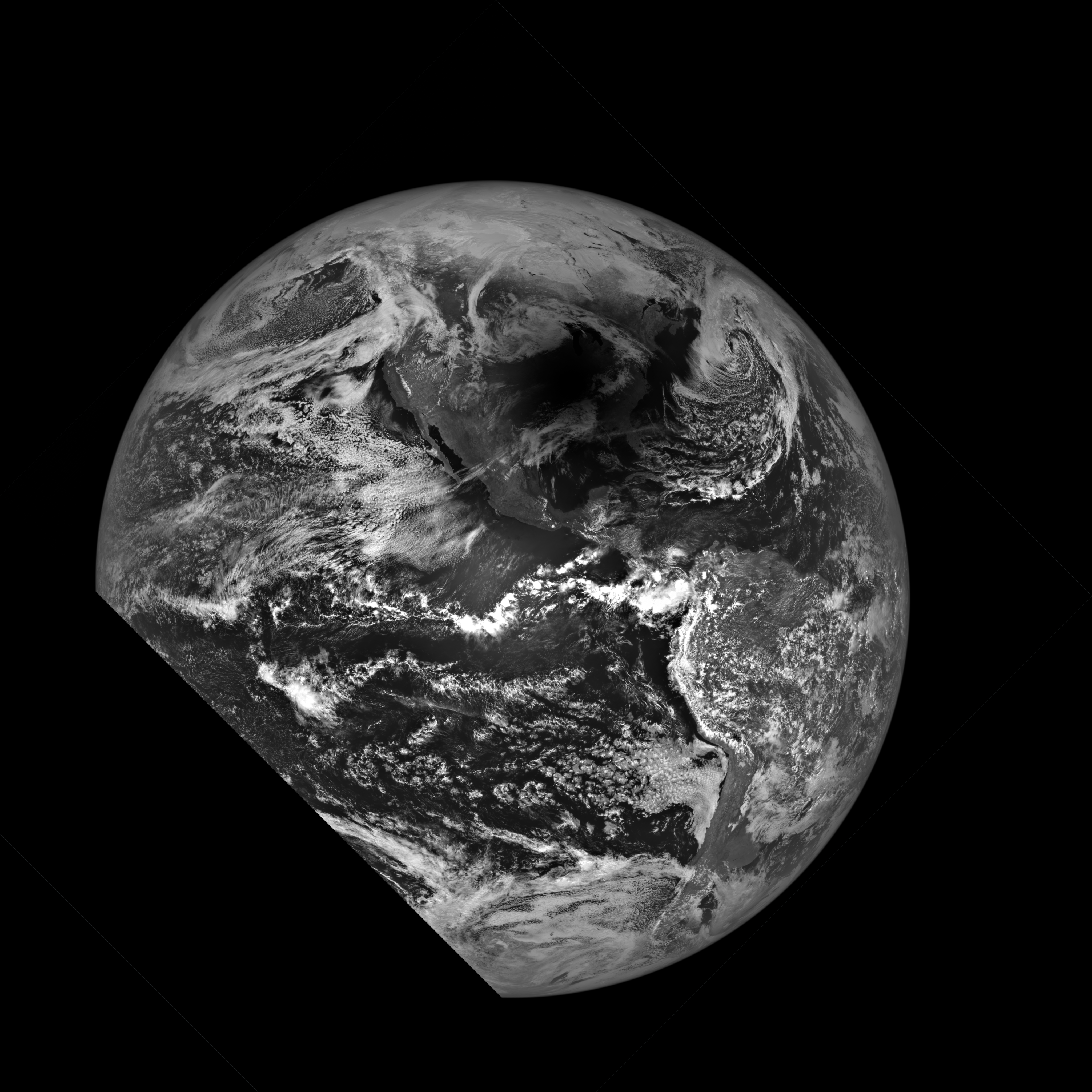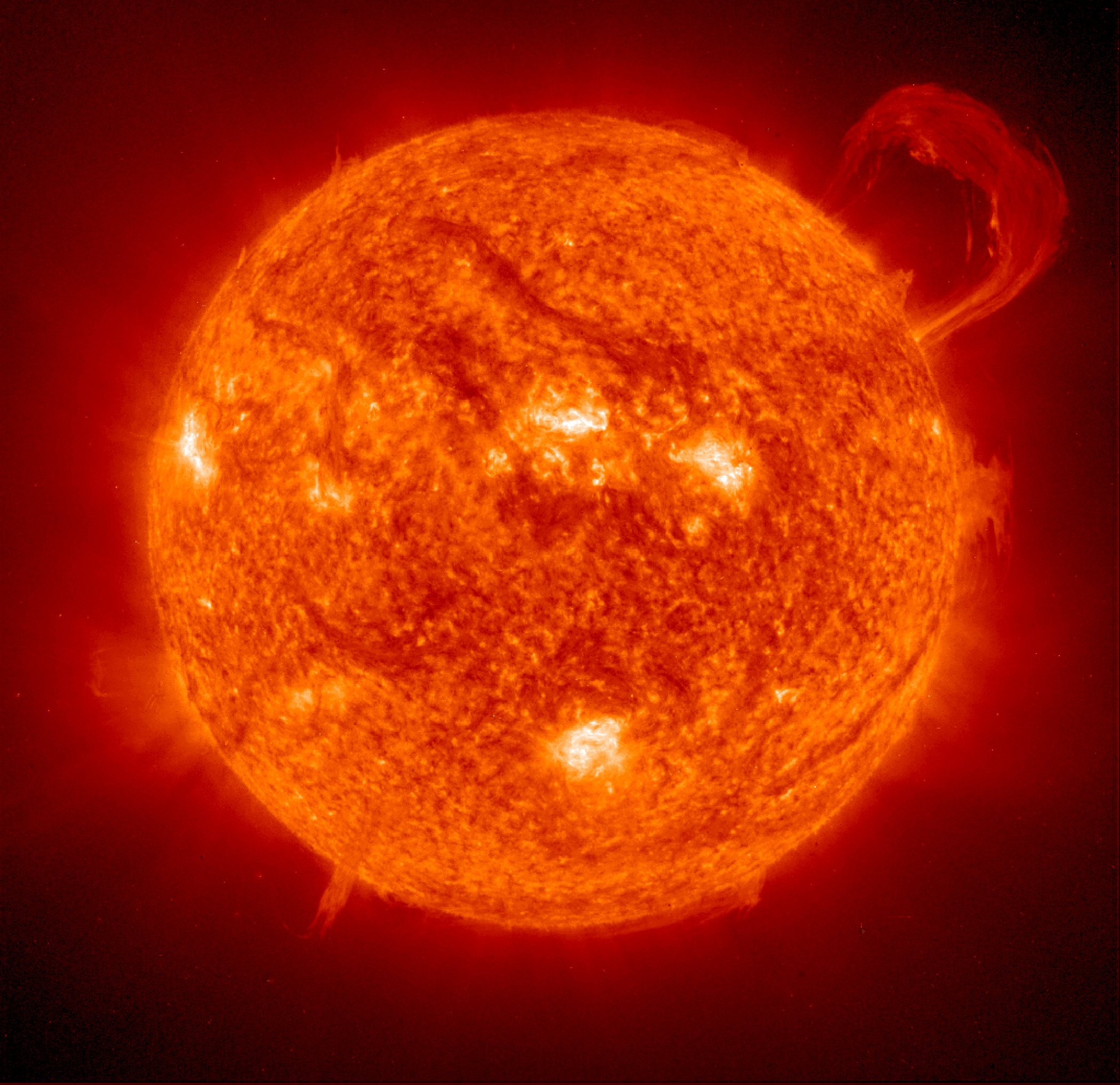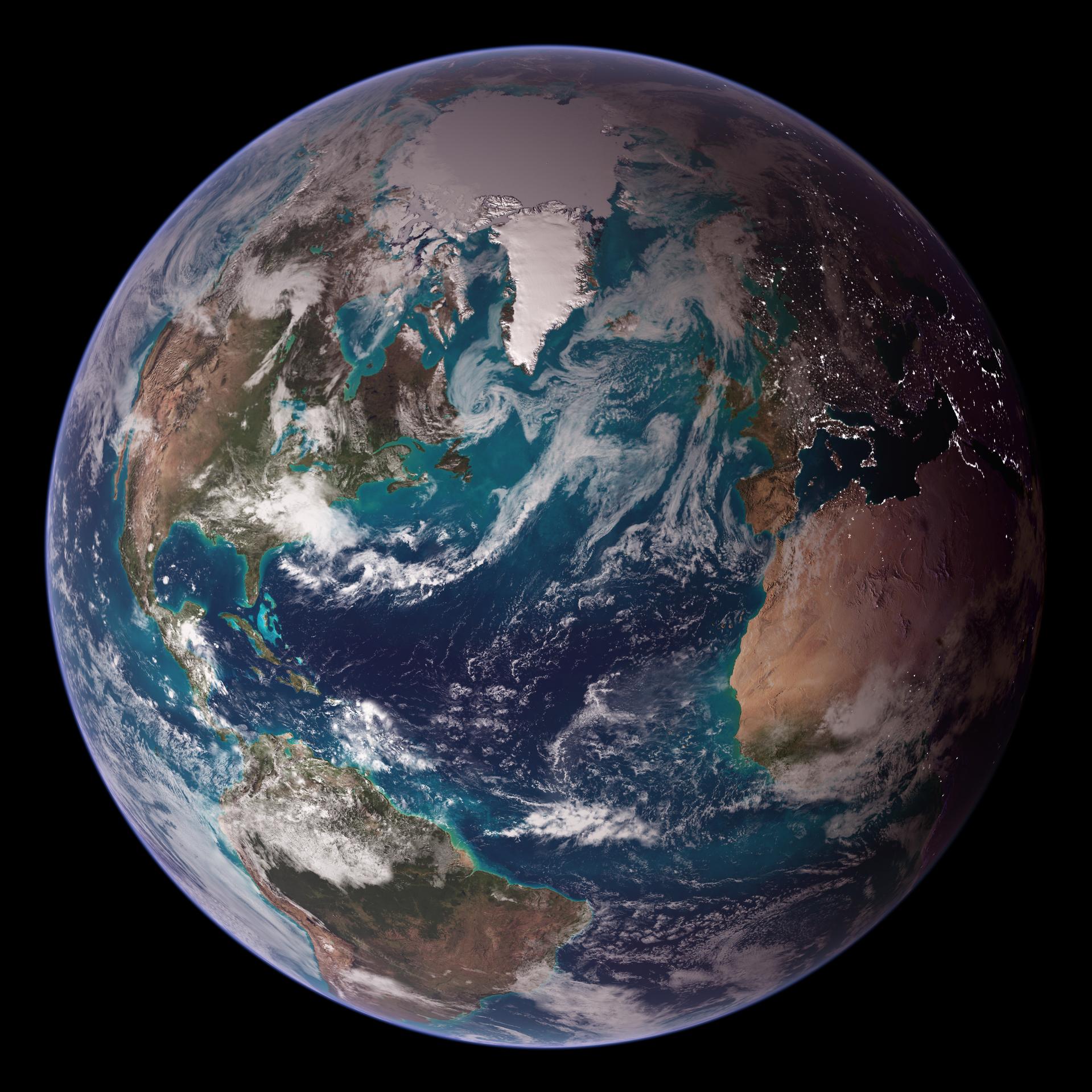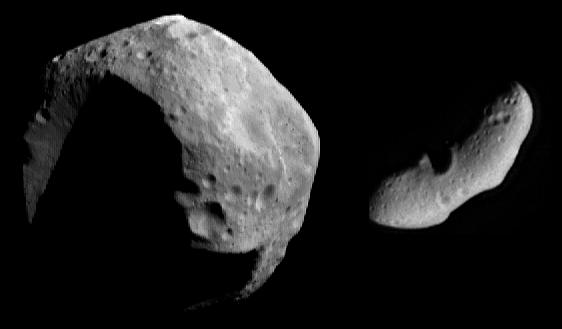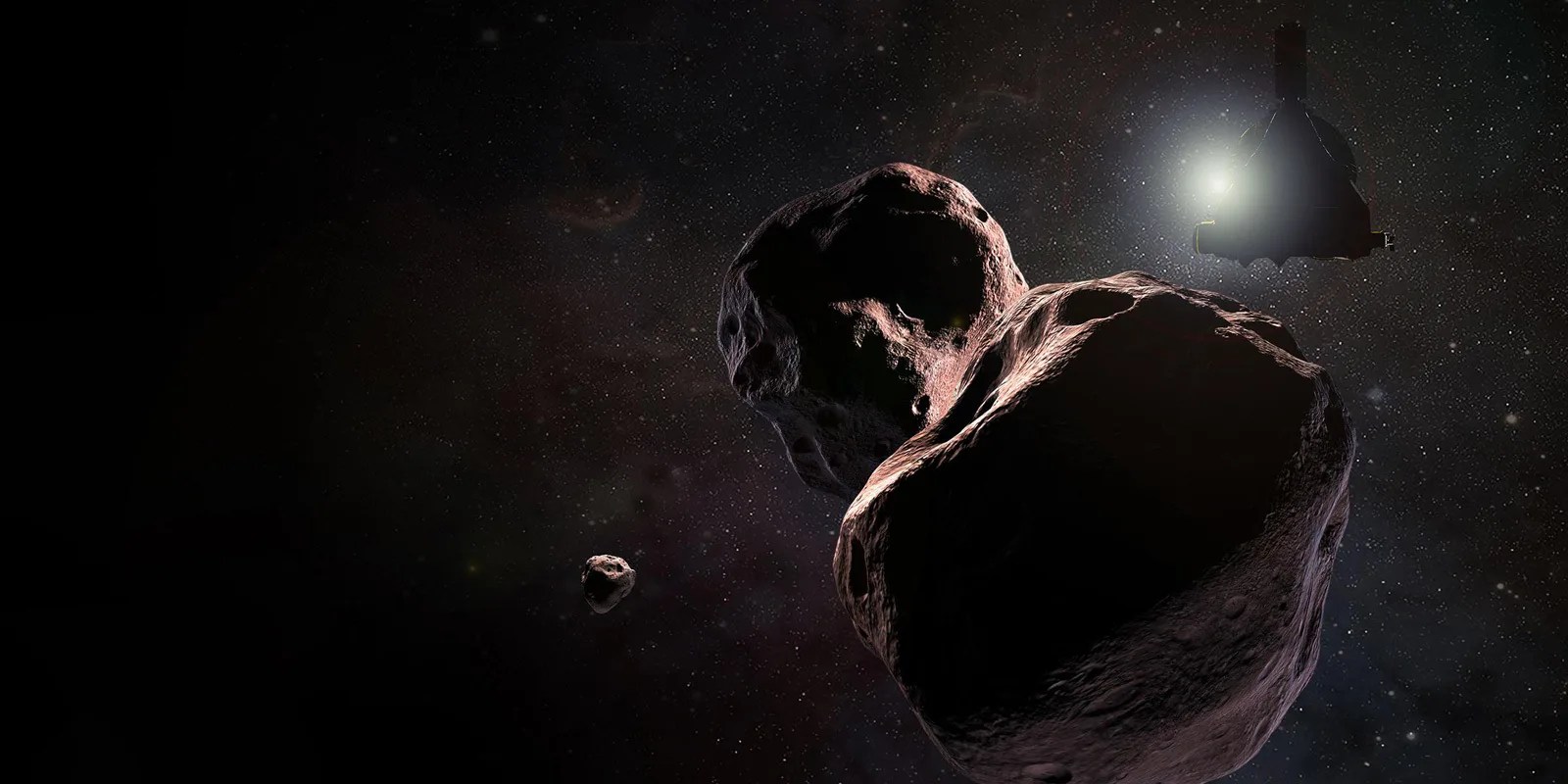5 min read

Why does the Moon look so big when it's rising or setting? The Moon illusion is the name for this trick our brains play on us. Photographs prove that the Moon is the same width near the horizon as when it's high in the sky, but that's not what we perceive with our eyes. Thus it's an illusion rooted in the way our brains process visual information. Even though we've been observing it for thousands of years, there's still not a satisfying scientific explanation for exactly why we see it.
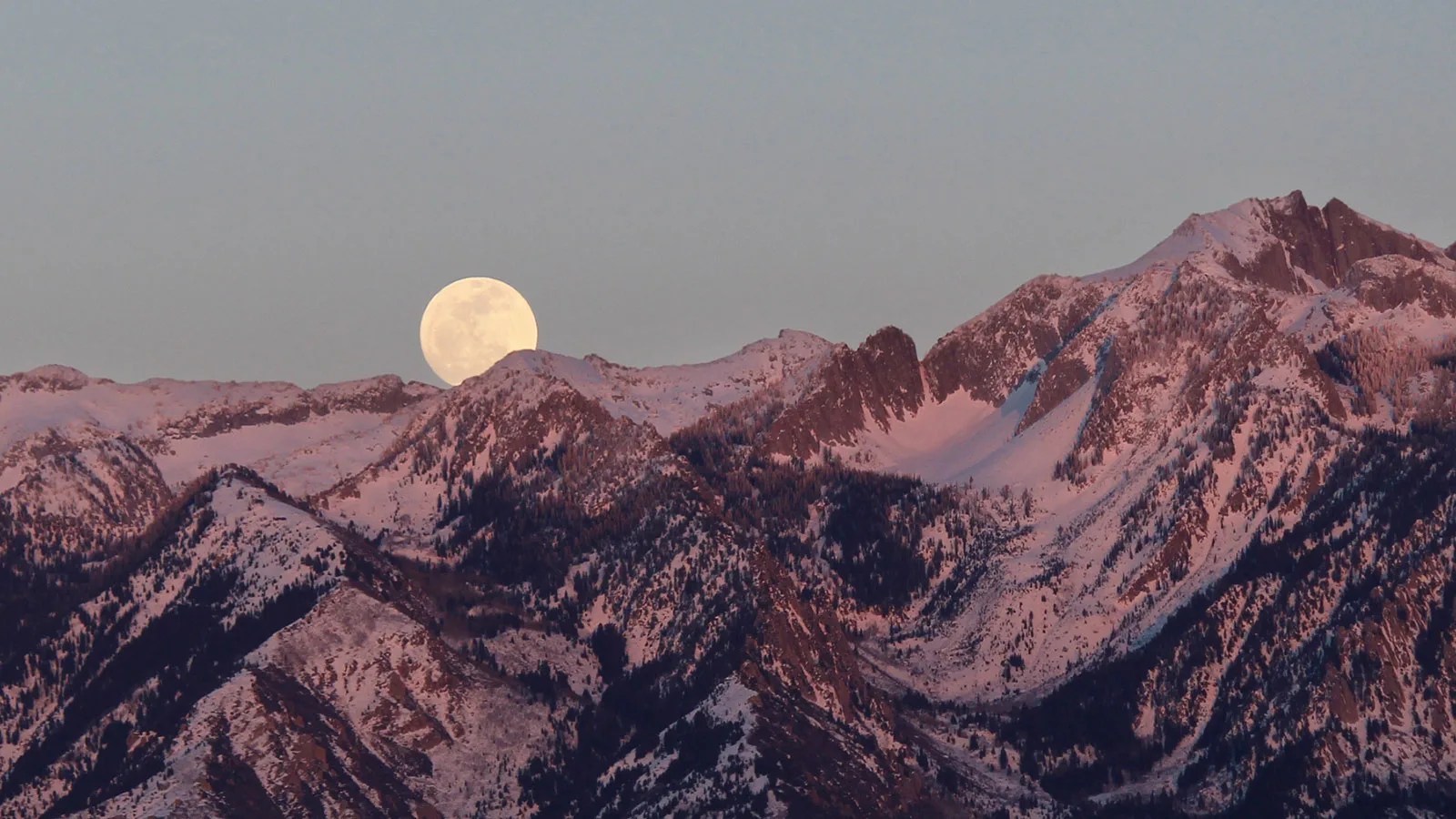
Go out on the night of the full moon and find a good spot to watch it rise. It can be breathtaking, eliciting an awestruck "Wow!" from any skywatcher. When we observe the Moon near the horizon, it often looks HUGE – whether it's peeking over the shoulder of a distant mountain, rising out of the sea, hovering behind a cityscape, or looming over a thicket of trees.
But here's the thing: it's all in your head. Really. The Moon's seeming bigness is an actual illusion, rather than an effect of our atmosphere or some other physics. You can prove it for yourself in a variety of ways.
Hold up your outstretched index finger next to the Moon. You'll find that your fingernail and the Moon are about the same size. Or try looking at the Moon through a paper tube, or bend over and look backward between your legs. When you view it like this, the Moon will be nowhere near as big as it had seemed.
Another ironclad way to size-check the Moon is to take a photo when it's near the horizon, and another when it's high in the sky. If you keep your camera zoom settings the same, you'll find that the Moon is the same width, side to side, in both photos. (It may actually appear a little bit squashed in the vertical direction when it's near the horizon. This is the result of the atmosphere acting like a weak lens.)
Photographers can simulate the Moon illusion by taking pictures of the Moon low on the horizon using a long lens, with buildings, mountains, or trees in the frame. So, remember when you see dazzling photos that feature a giant Moon above the landscape: those images are created by zooming in on distant objects near the ground. In other words, the Moon looks bigger in those photos because it's a zoomed-in view.
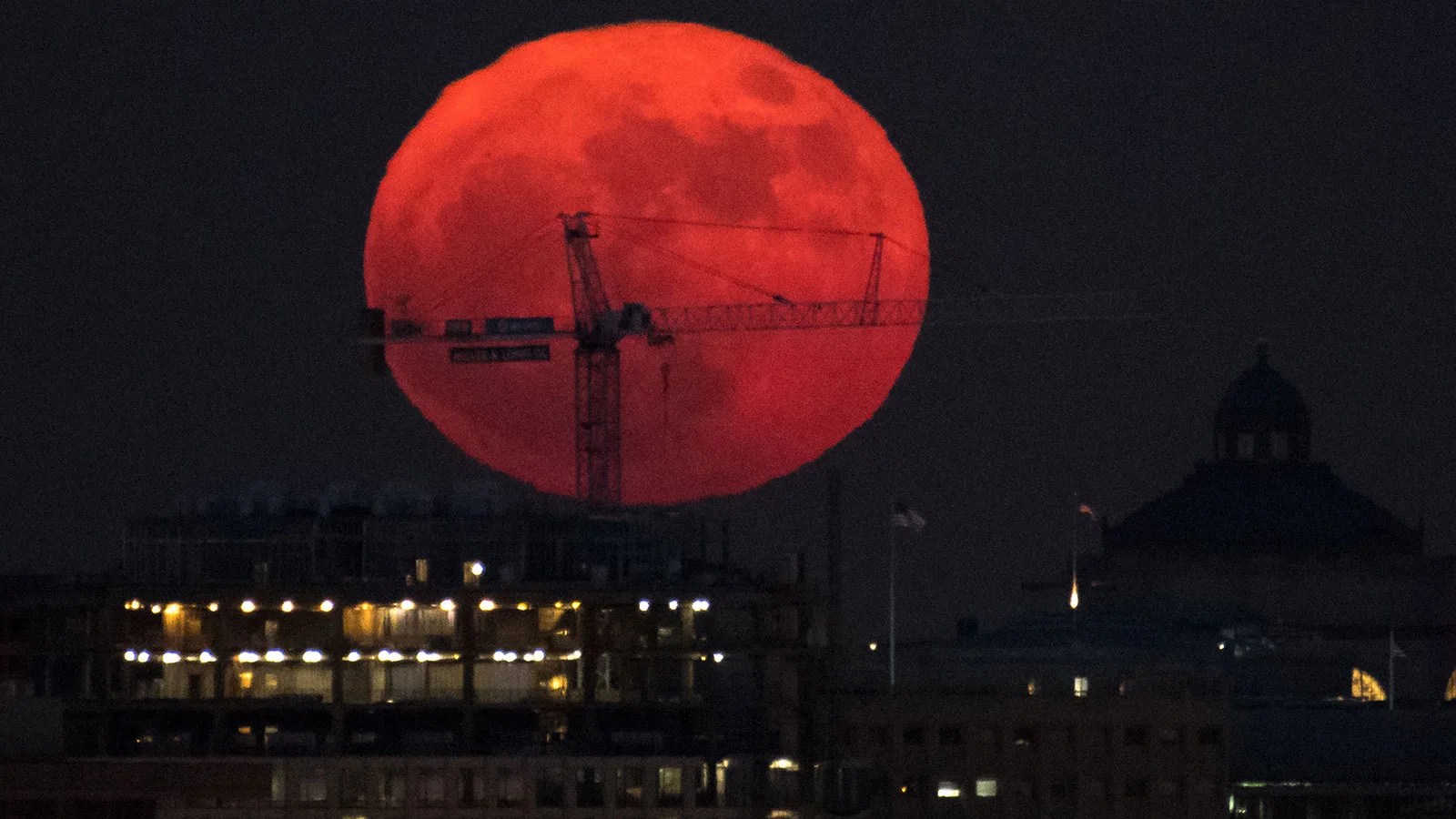
There's one notable way in which the Moon's appearance is actually different when it's low in the sky. It tends to have a more yellow or orange hue, compared to when it's high overhead. This happens because the Moon's light travels a longer distance through the atmosphere. As it travels a longer path, more of the shorter, bluer wavelengths of light are scattered away, leaving more of the longer, redder wavelengths. (Dust or pollution can also deepen the reddish color.)
Brace yourself: we don't really know. Well, not really. Depending on your mindset, this news might be unsatisfying, or it could be a reason to marvel at our mysterious brains. But despite the fact that people have been observing this illusion for thousands of years, we still don't have a rock-solid scientific explanation for it.
In general, the proposed explanations have to do with a couple of key elements of how we visually perceive the world: how our brains perceive the size of objects that are nearer or farther away, and how far away we expect objects to be when they're close to the horizon. It seems that our brains don't know that the Moon's distance doesn't change that much no matter where it is in the sky on a given night.
There's also some thinking that objects in the foreground of your lunar view play a role. Perhaps trees, mountains, and buildings help to trick your brain into thinking the Moon is both closer and bigger than it is? There's an effect discovered a century ago called the Ponzo illusion that describes how this works. In the illusion, you have a scene where two lines are converging, like railroad tracks stretching away into the distance. On top of these lines are drawn two horizontal bars of equal length. Surprisingly, the horizontal bars appear to be different sizes, because your brain's hard-wired sense of how distance works forces you to perceive it this way. This effect is related to how forced perspective works in paintings.
But this isn't a perfect explanation, either. NASA astronauts in orbit also see the Moon illusion, and they have no foreground objects to act as distance clues. So, there's likely more going on.
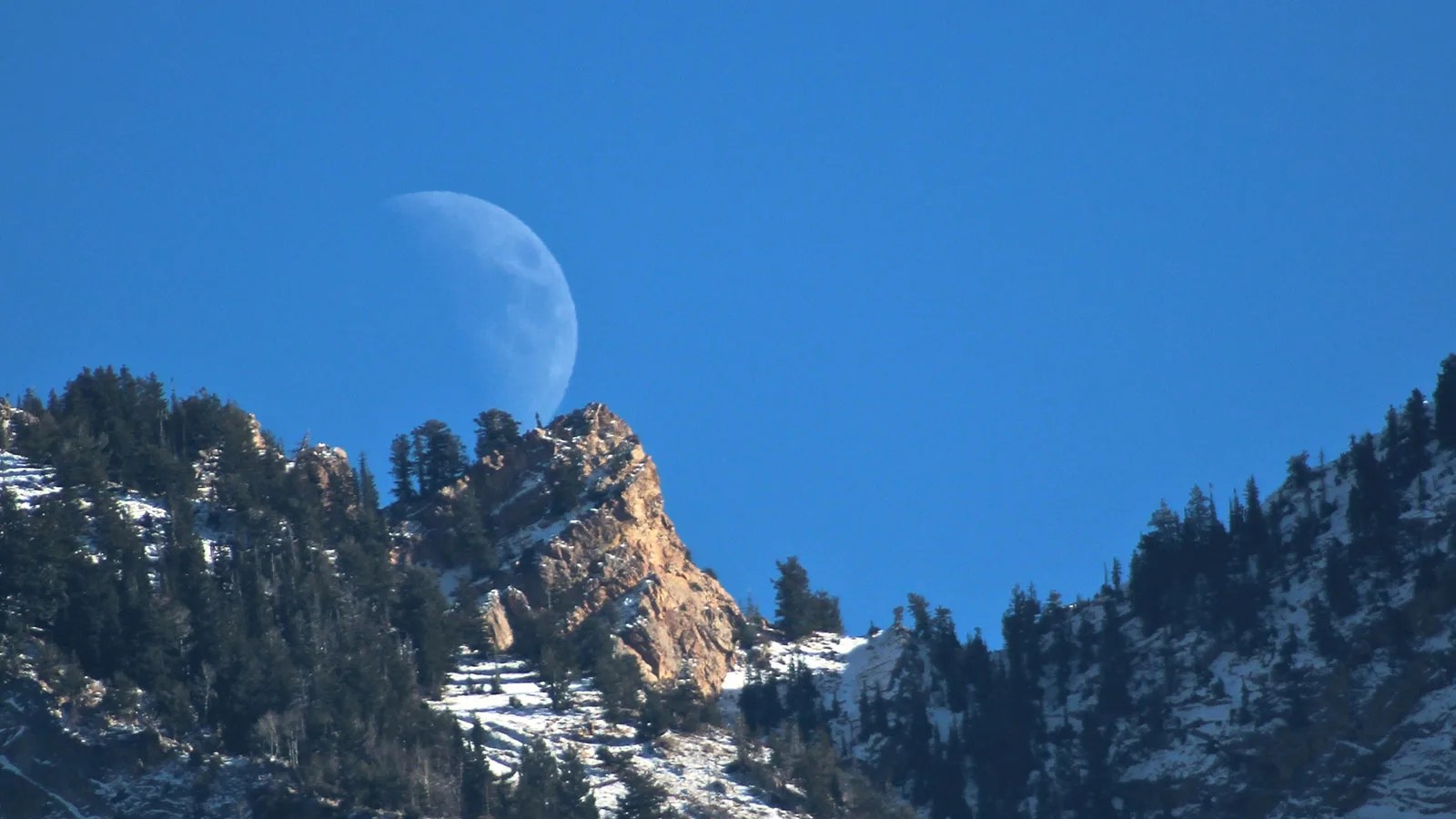
In the absence of a complete explanation for why we see it like that, we can still agree that – real or illusion – a giant Moon is a beautiful sight. So, until someone puzzles out exactly what our brains are up to, it's probably best to just enjoy the Moon illusion, and the moody, atmospheric, and sometimes downright haunting vistas it creates.

